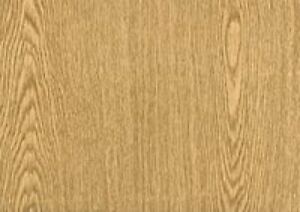I had European light oak windows installed 6 years ago and they were not sealed properly so water penetration caused the wood to blacken in places (among a lot of other problems). Since then it has been remedial work.
1. I tried Sikkens THB light oak but it came out as a really dark stain. What is the best way to remove the stain to get back to the light colour?
2. What is the best alternative finish to use to protect the wood? Something translucent I assume given how light it is?
Thanks
1. I tried Sikkens THB light oak but it came out as a really dark stain. What is the best way to remove the stain to get back to the light colour?
2. What is the best alternative finish to use to protect the wood? Something translucent I assume given how light it is?
Thanks

































